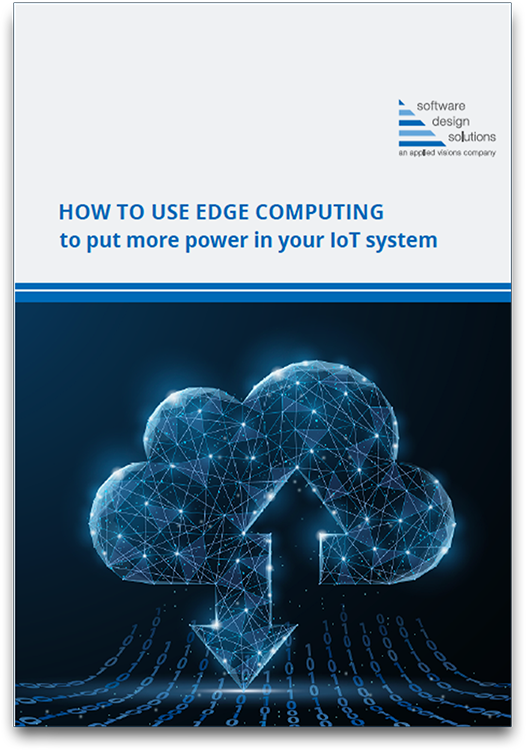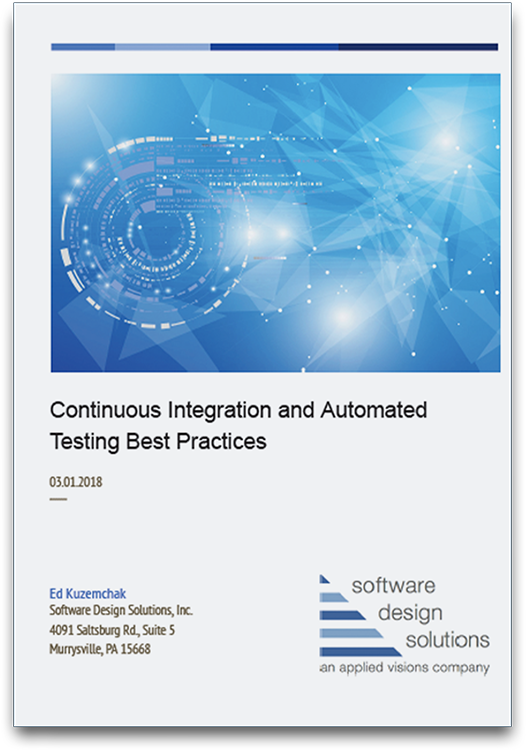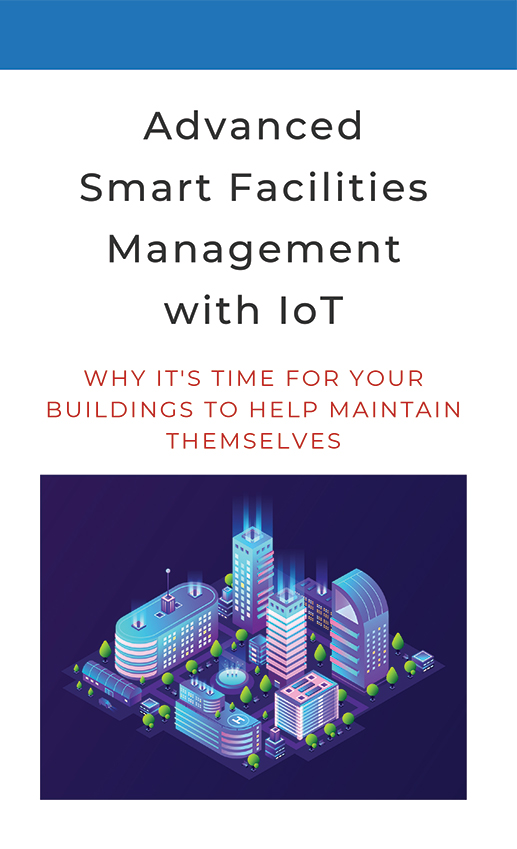White Papers
IoT and Embedded Systems are complicated topics. Here you’ll find white papers that dive deeply into specific aspects of this industry.Advanced Smart Facilities Management with IoT
The concept of smart facilities management—and the concept of smart buildings—have been around for decades. Smart facilities management (SFM) began with building management systems (BMS). A BMS is a computer-based solution installed in buildings to monitor and manage various systems, such as heating and cooling, electricity, and ventilation. Over the years, BMS has become more advanced with the addition of communications protocols and networks, but it has several limitations.
Concepts
-
Why IoT-based smart facilities management is a smart investment
-
The top five real-world applications of IoT smart facilities management technology
-
Technological considerations for an IoT smart facilities management solution

How to use Edge Computing to put more power in your IoT system
The global edge computing market is expected to grow from $10.6 billion in 2018 to $21 billion by 2023. More companies are turning to edge computing due to the benefits it brings to IoT systems. Specifically, IoT systems become more powerful and energy-efficient when edge computing and Fog-based machine learning (ML) are properly leveraged.
The right approach involves smart segmentation of data analysis—knowing what data to gather and where to process it. Hint: The answer is not always the cloud.
We’ll take a closer look at the edge and the Fog, providing tips on how to determine when to leverage them to your advantage and what issues to look out for along the way. We will also look at industries leading edge-computing adoption and how they are adding more power and capabilities to IoT devices, systems, and networks.
IoT App Security: How to protect your users and your bottom line
The number of devices connected to the Internet of Things (IoT) is expected to reach 55 billion by 2025. Compare this to the 9 billion such devices in 2017, and you can see how quickly the number of IoT devices is growing. It is also estimated that the global IoT market will grow from $151 billion in 2018 to $1.567 trillion by 2025. Growth will be driven by the development of new IoT appliances, the movement of more data to the cloud, and increased usage of IoT devices.
As IoT devices continue to proliferate, we applaud the increased attention security is getting. History has shown how simple it is for vulnerabilities in IoT devices to be exploited, exposing your entire network to attack. Some of the most notable examples include the Mirai botnet, hackable cardiac devices from St. Jude’s Medical Center, and the TRENDnet webcam hack.
In this white paper, we take a closer look at the predominant attack vectors and the steps you need to take to defend yourself against them. A proactive approach to IoT security is the best defense, and the only way to make sure your IoT applications do not expose your users or your business to irreparable damage.


Continuous Integration and Automated Testing Best Practices
Continuous Integration (CI) and Automated Testing are key components to a successful Agile software process. Over the last 14 years, SDS has built many embedded systems – including automated test systems, industrial controls, medical devices, and more – for our customers, and we have assisted customers in creating and improving their Agile software environments.
This white paper describes some of the best practices for CI and automated testing that SDS has identified over many years and many projects. Some of these are noncontroversial Agile practices that will get little argument from any reader. Others may seem like arbitrary opinion, but they are backed up by a combination of successful projects, as well as painful object lessons.
